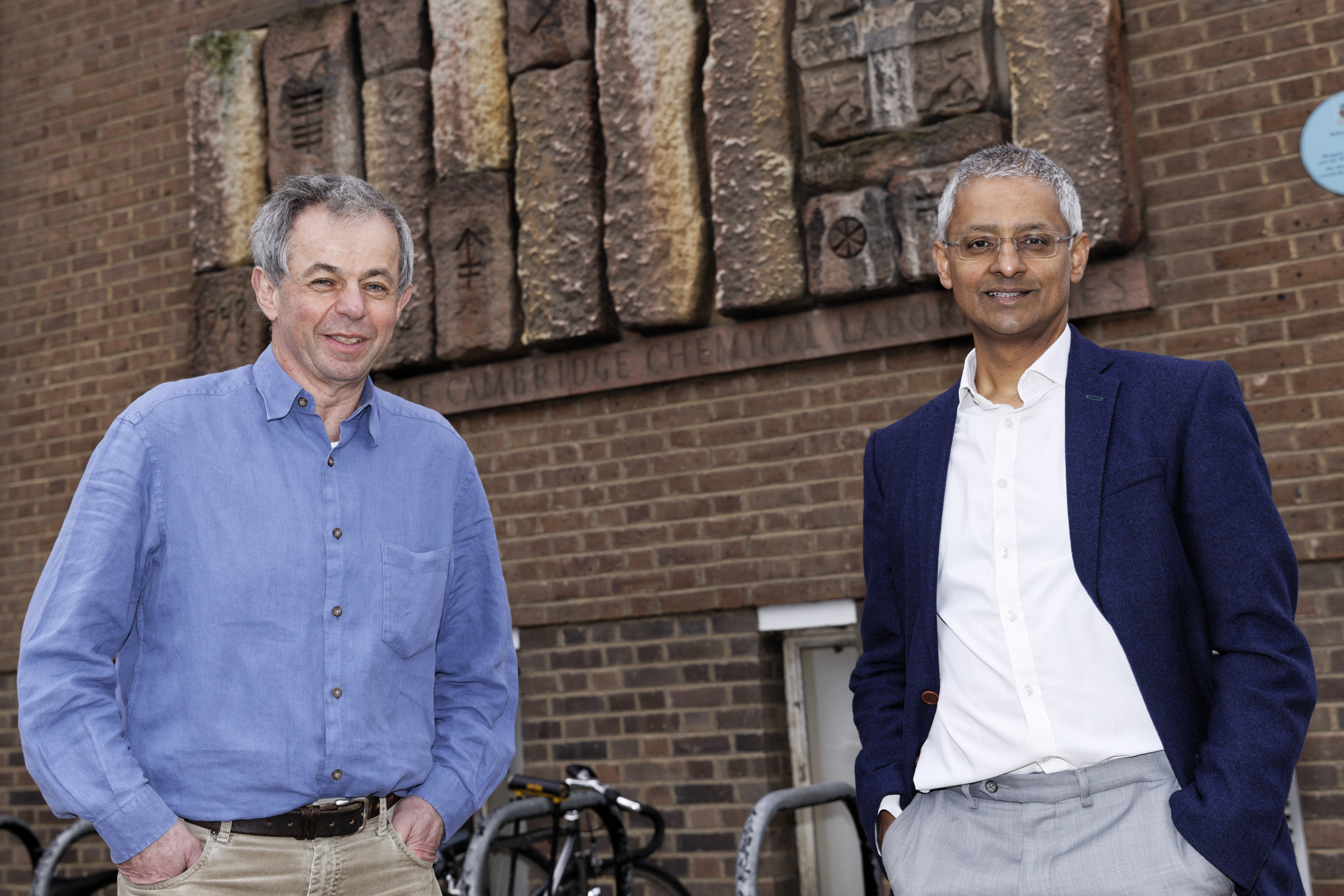Apparently you can do Proteomics from Qiagen AllPrep: in In depth profiling of the cancer proteome from the flowthrough of standard RNA-preparation kits for precision oncology, from Mathias Mann’s Proteomics group in Denmark, the authors presents their modifications to Qiagen’s AllPrep (DNA, RNA and protein) extraction chemistry for downstream proteomics analysis.
The era of multiomics just got a little bit easier
This bioRxiv preprint shows how a slight modification to the Qiagen protocol enables deep proteomics and phosphoproteomics using a kit that is pretty standard in labs and some hospitals and with the flow-through that most of us are putting down the sink (NB: please dispose according to your local H&S regs).
Many precision oncology programs are sequencing cancer patients’ genomes and transcriptomes to identify suitable targeted therapies or to select patients for IO therapy. But Proteomics is often not completed as standard. However, the chemistry used to extract DNA and RNA can also be used to generate protein for Western blotting but this is generally incompatible with proteomics workflows.

Results
To address this the authors tried several variations on a theme: replacement of the APP buffer included in the Qiagen kit. APP itself resulted in poor spectra and quantification of just 500 proteins. Use of a kit from Protifi was better but was not compatible with the guanidine-HCL used by Qiagen. But ice-cold overnight acetone precipitation of the Qiagen flow-through generated rich protein spectra (see Fig 1b) and quantification of >3,000 proteins from which they were able to determine Tissue-Of-Origin (TOO).
They analysed 2 liver mets from a HER2 amplified colon cancer, where the patient had failed on trastuzumab and lapatinib therapy but with unknown Mechanism-Of-Resistance (MOR). They quantified almost 4,000 proteins and identified PTK2/FAK1 (see Fig 2c) which has been associated with trastuzumab resistance in HER2amp breast cancer.
In a larger cohort of BRAF V600Em cohort with different primary tumors and metastatic sites (see Fig 3) with baseline (n=18), on treatment (n=7), and progression (n=1) biopsies, where they changed the Proteomics workflows and were able to double the number of proteins quantified. They were also able to quantify 2,000 to 10,000 phospho-peptides in a phosphoproteomics workflow.
Next steps: Whist they do not include data from the genome or trancriptome analysis they did state that their Proteomics analysis quantified over 70% of FMI F1 CDx genes (see Fig 3). And it would be worth keeping any eye on bioRxiv for two other papers; one on treatment resistance, and one where they evaluate baseline characteristics of BRAF mutated cancers.
Caveat for FFPE
The work was completed in fresh frozen tissue resections or core-needle biopsies and is unlikely to be compatible with FFPE tissue due to the heavy ProteinaseK digestion used. However, the APP buffer did generate data on 500 proteins suggesting that further optimisation MAY result in a protocol that was more directly compatible with the standard Qiagen kit albeit never as good as fresh material.
Data will be available at: PRIDE PXD041313, but not just yet.








Leave A Comment